A guide to Cretan culinary specialities not to be missed
Table of contents
Crete, Greece's largest island, is not only rich in history and magnificent scenery, but also in culinary traditions.
Cretan cuisine is reputed to be one of the healthiest and tastiest in the world, thanks to the generous use of fresh local produce, aromatic herbs, extra virgin olive oil and simple but effective cooking methods.
In this guide, we'll explore the must-taste Cretan culinary specialties that you absolutely must try during your visit.
Dakos (Ntakos)
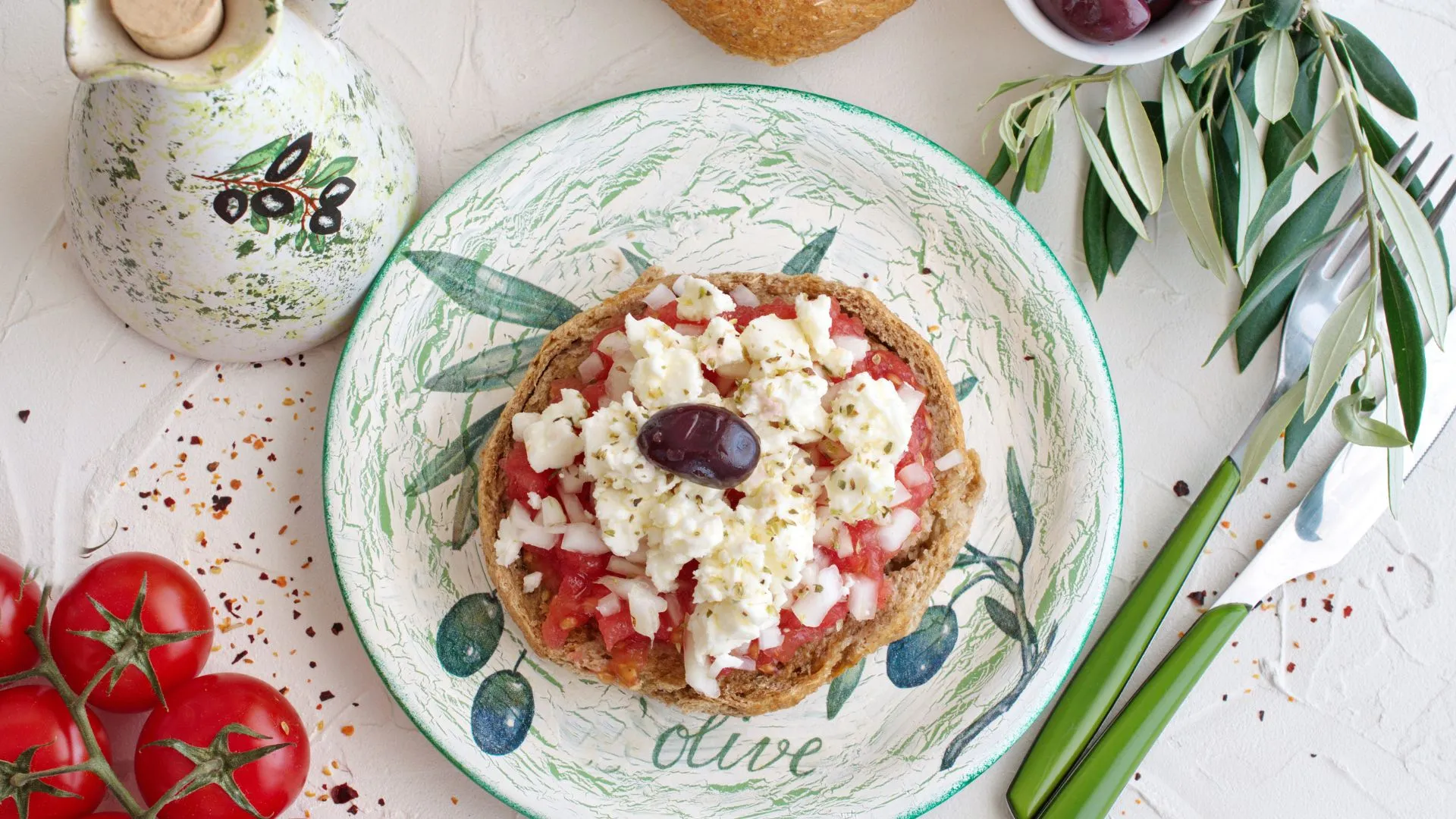
Dakos is a traditional Cretan salad, often served as a starter. It consists of slices of dried barley bread (called paximadi), moistened with water and topped with chopped fresh tomatoes, crumbled feta cheese or mizithra (a mild Cretan cheese), extra virgin olive oil and herbs such as oregano.
The mix of textures between crunchy bread and juicy tomatoes, as well as the combination of savory and herbaceous flavors, makes this a simple but exquisite dish. What's more, it's an excellent example of the healthy Mediterranean diet.
Kalitsounia

Kalitsounia are small pastries filled with cheese or herbs. There are several variations: some are sweet, filled with mizithra cheese and drizzled with honey, while others are savory, filled with wild greens, cheese and herbs. These light, tasty pastries are perfect for a snack or appetizer. Their variety lets you discover different flavors in a single bite.
One of our favorite Cretan culinary specialties!
Chochlioi Boubouristi
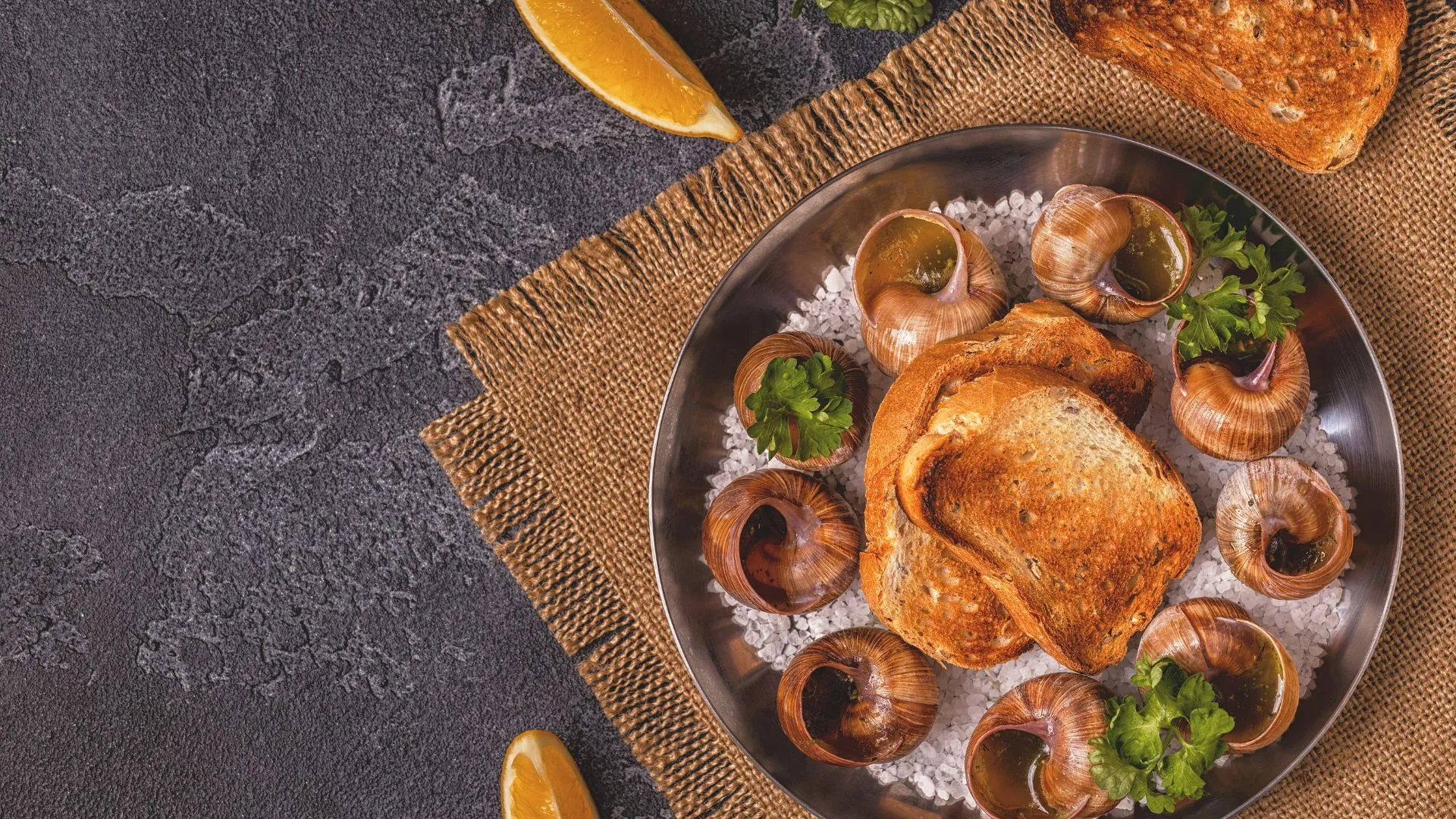
Chochlioi Boubouristi are fried snails, a surprising but delicious Cretan culinary specialty. The snails are coated in flour, fried in olive oil and drizzled with red wine vinegar and rosemary.
This specialty is an excellent example of how Cretan cuisine uses simple ingredients to create dishes rich in flavor. The snails are crispy on the outside and tender on the inside, with a unique flavor provided by vinegar and rosemary.
Cretan moussaka
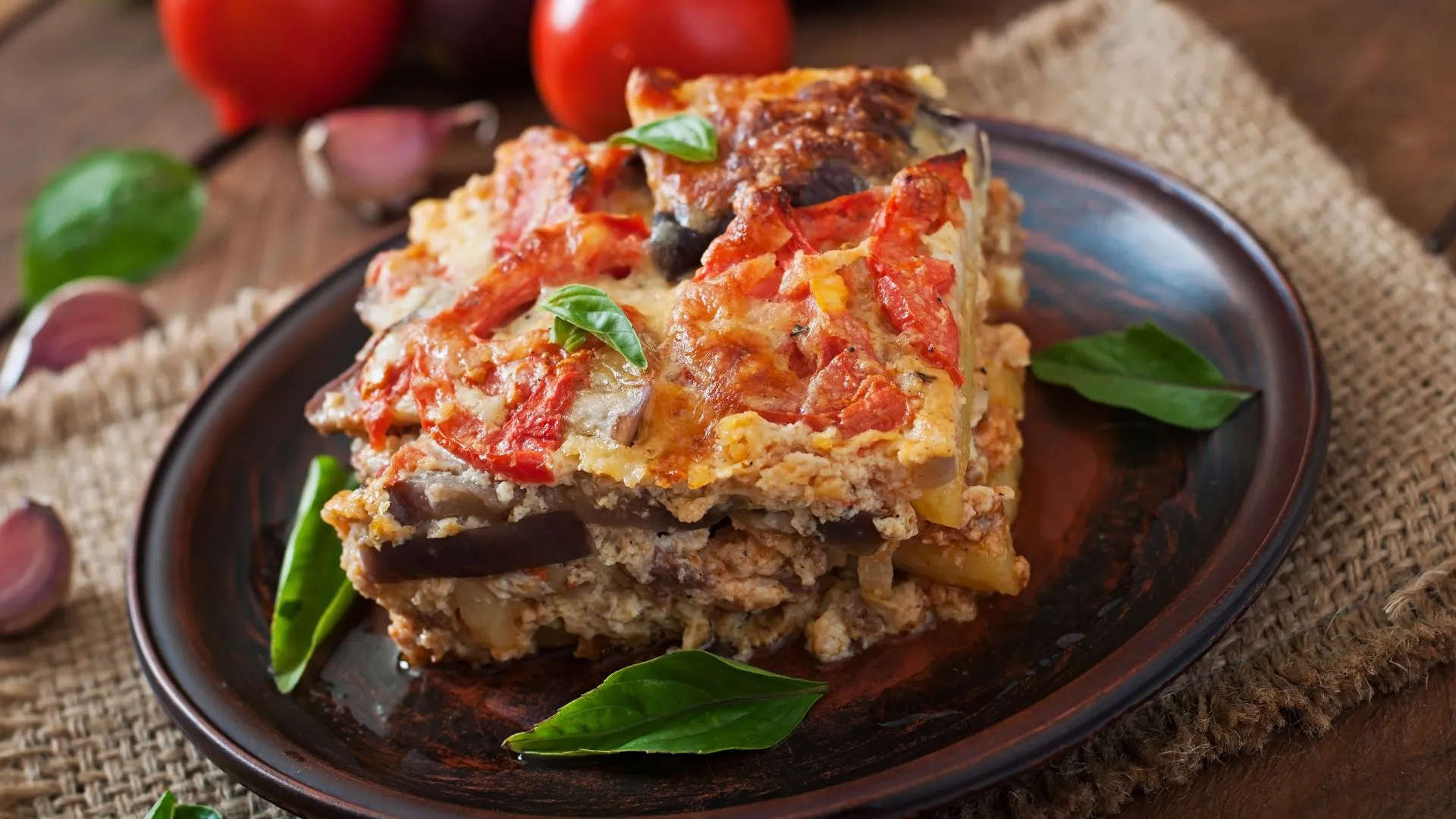
Moussaka is a well-known Greek dish, but the Cretan version has its own particularities. It consists of layers of eggplant, potatoes, minced meat (often lamb) and a creamy béchamel sauce, all baked until the top is golden and crispy.
This comforting dish is an explosion of flavours and textures. Each bite offers a delicious blend of roasted vegetables, flavorful meat and creamy béchamel sauce.
A classic Cretan culinary speciality!
Apaki
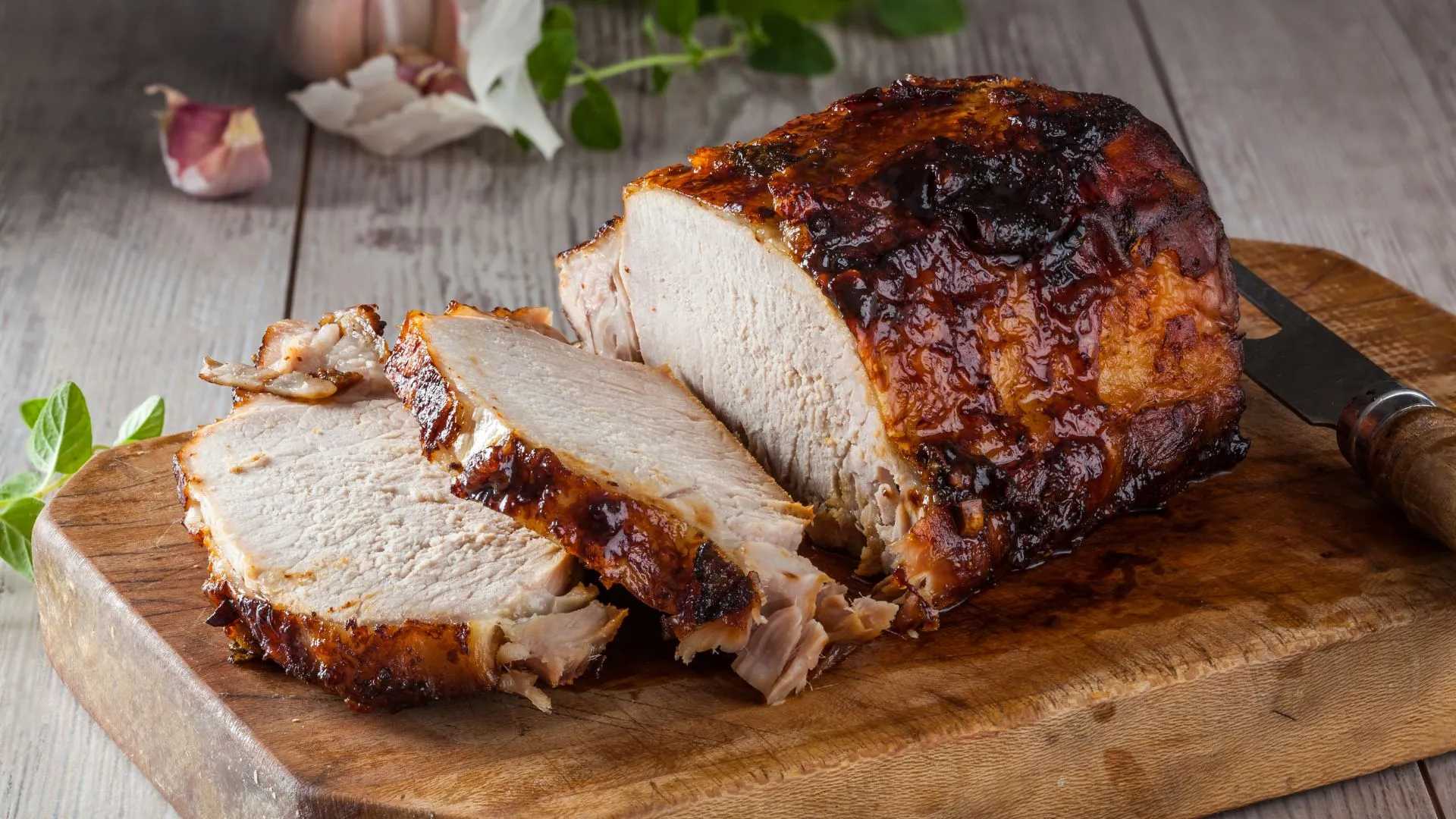
Apaki is smoked and marinated pork, often eaten as a mézé (appetizer) or added to salads and main courses. The meat is marinated in wine vinegar, then smoked with sprigs of local herbs such as thyme and laurel.
Apaki is a unique taste experience thanks to its smoky, spicy flavor. It also illustrates the importance of food preservation in traditional Cretan cooking.
Tsikoudia (Raki)
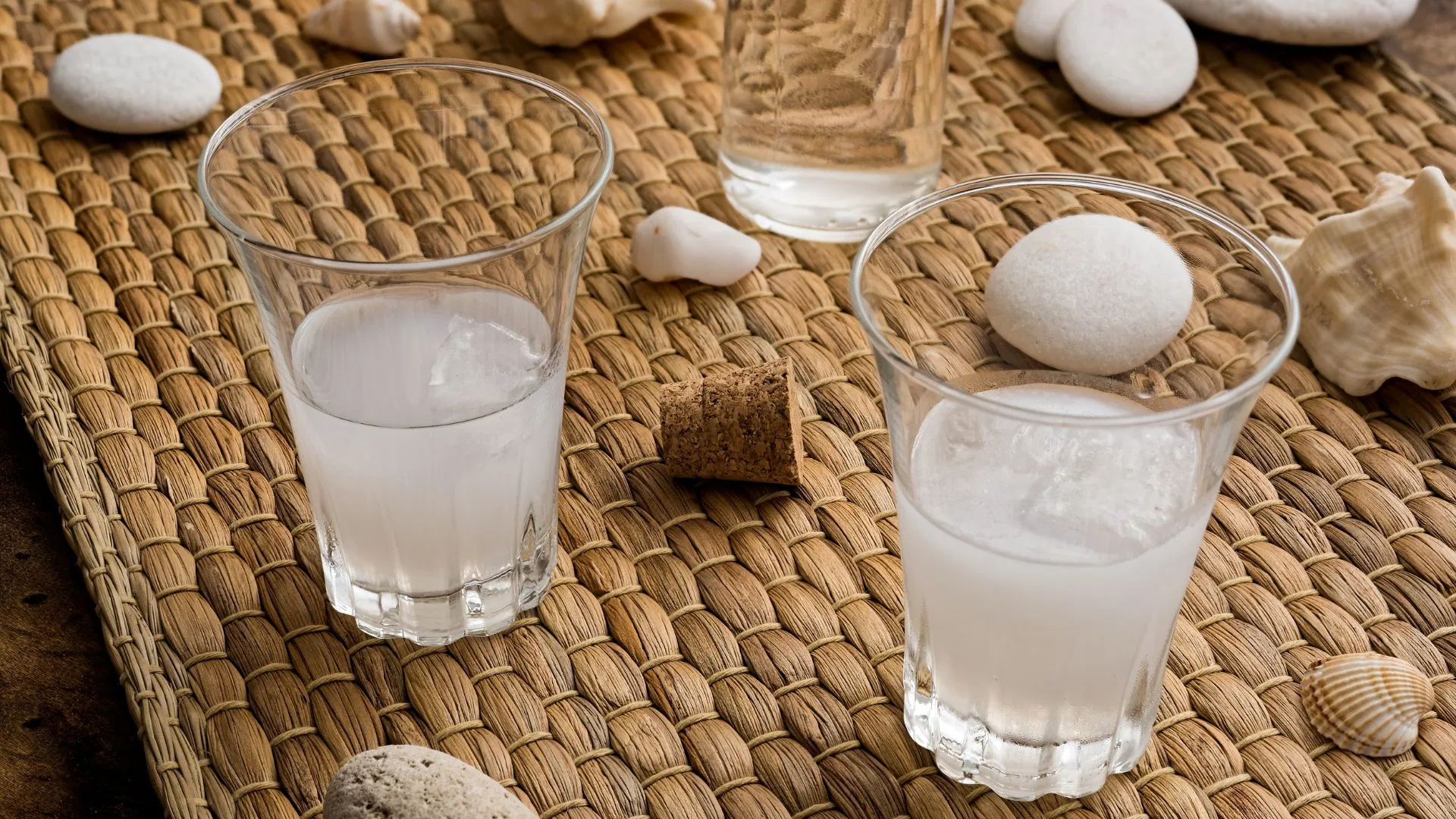
Tsikoudia, also known as Raki, is a strong grape brandy, often drunk at the end of a meal or to accompany mezes. It is produced from the residue of the grapes used to make wine.
Drinking a glass of Tsikoudia is an integral part of Cretan hospitality. Not only is this drink a perfect digestive, it is also a symbol of conviviality and celebration.
As an aperitif or digestif, it's the essential local alcoholic drink to accompany Cretan culinary specialities!
Stamnagathi
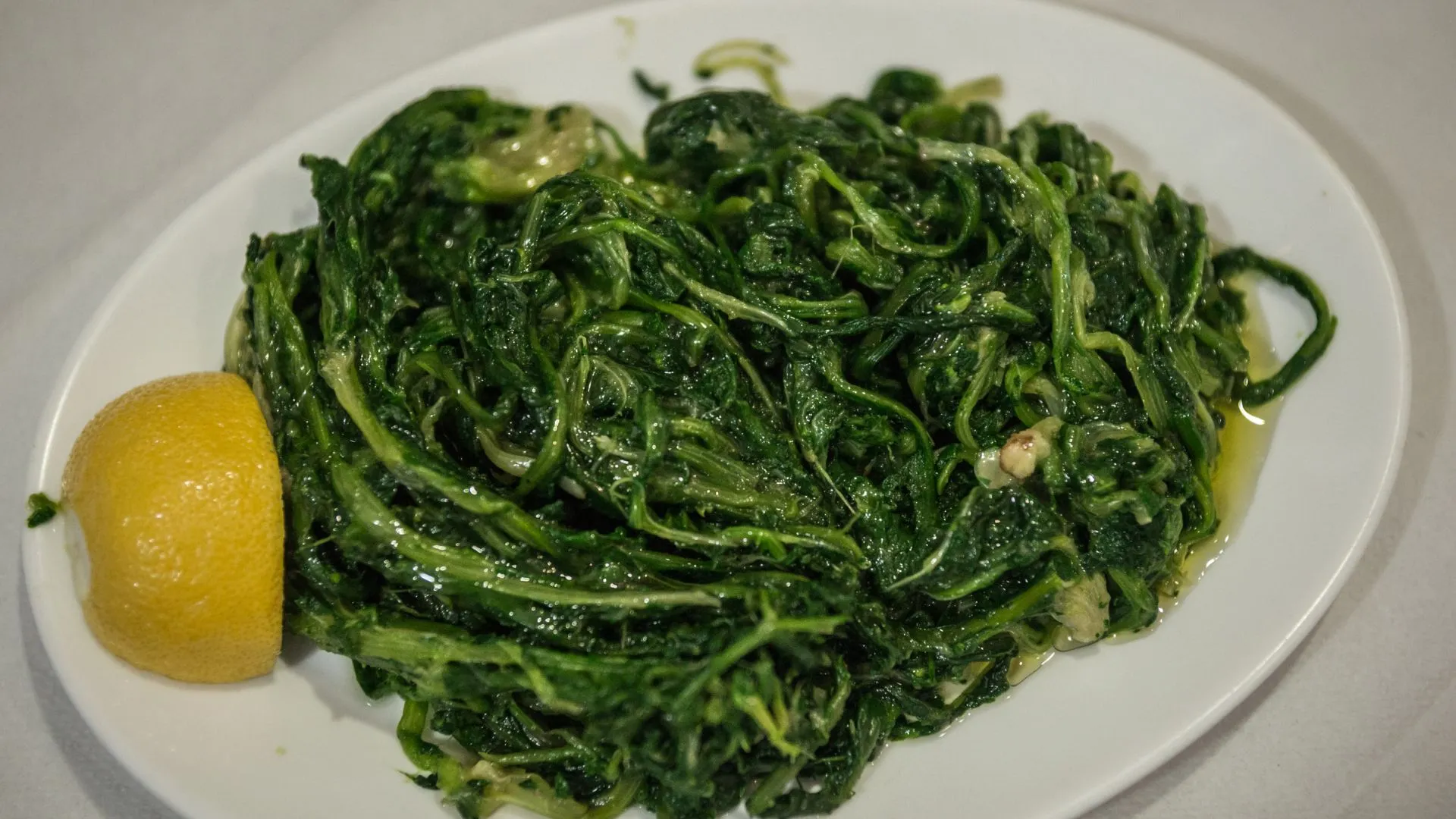
Stamnagathi is a Cretan wild green, often served as a salad or side dish. It is slightly bitter and is often seasoned with olive oil, lemon juice and salt. Not only is this vegetable delicious, it's also highly nutritious, rich in vitamins and antioxidants. It demonstrates the importance of wild plants in Cretan cuisine.
Less well known to tourists, this superfood is contributing to the worldwide recognition of Cretan culinary specialties in the quest for healthy eating!
Dolmadakia (Stuffed vine leaves)
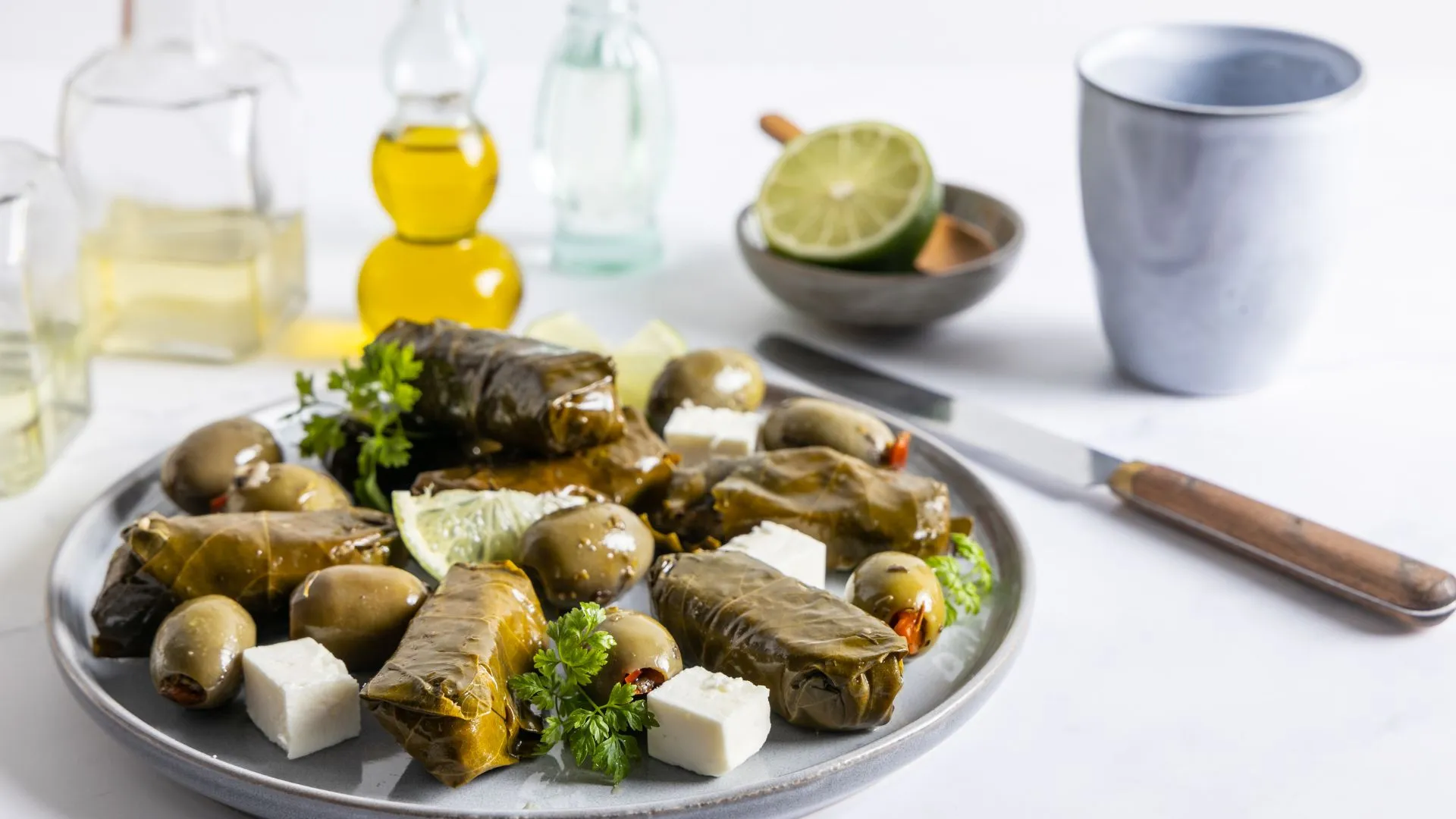
Dolmadakia are vine leaves stuffed with rice, herbs and sometimes minced meat. They are often served as a starter or main course, accompanied by yoghurt or lemon. These tasty little morsels are a classic of Greek and Cretan cuisine. They offer a perfect balance between the fresh flavors of herbs and the sweetness of grape leaves.
Gamopilafo
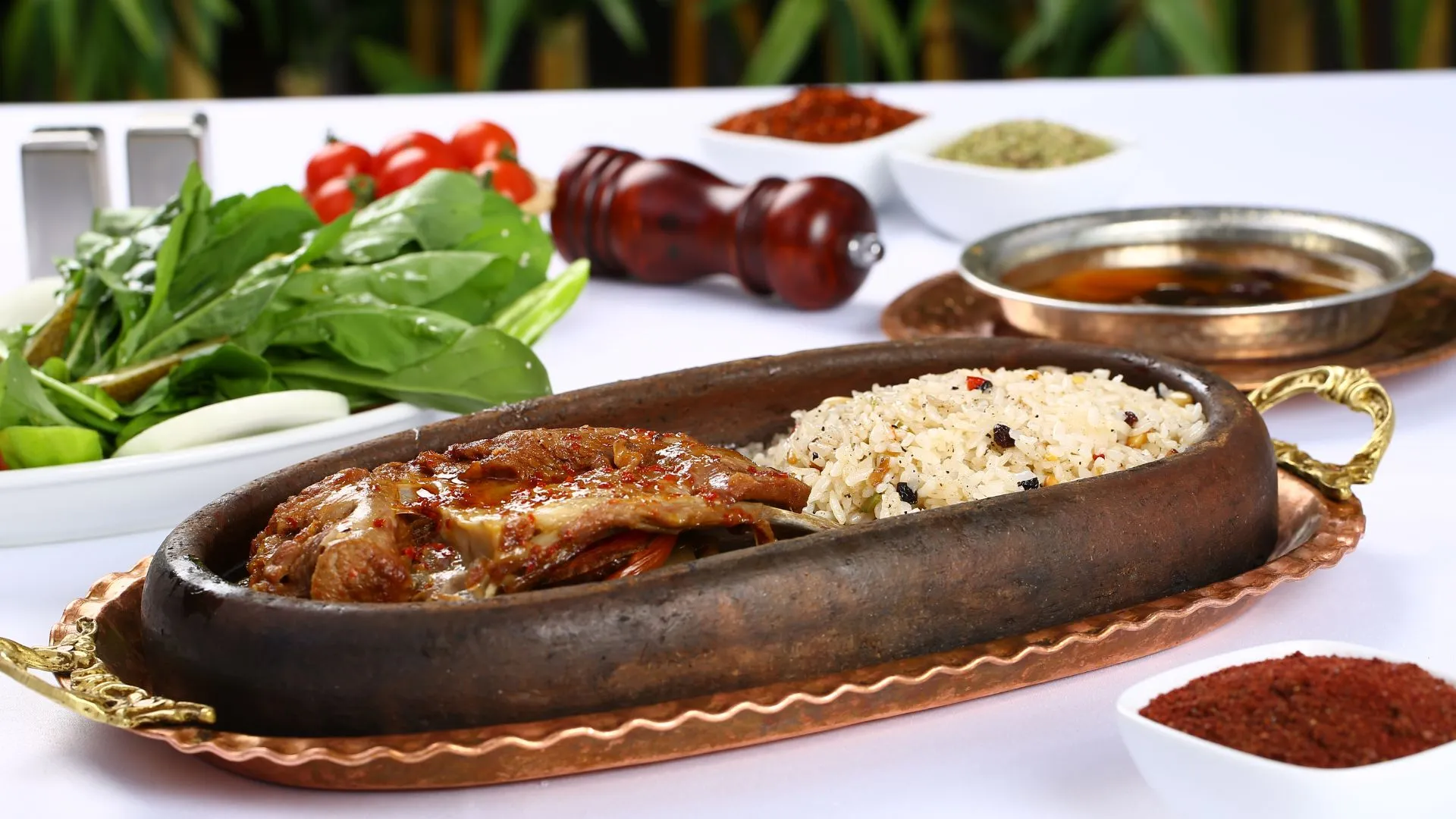
Gamopilafo is a rice dish traditionally served at Cretan weddings. The rice is cooked in a rich meat broth (often lamb or chicken) and seasoned with lemon juice and goat's butter. Not only is this dish delicious, it's also a symbol of festivity and celebration. It offers a creamy texture and rich flavor, perfect for special occasions.
One of Creta's culinary specialties, it's the result of an ancestral tradition!
Sfakianes Pites
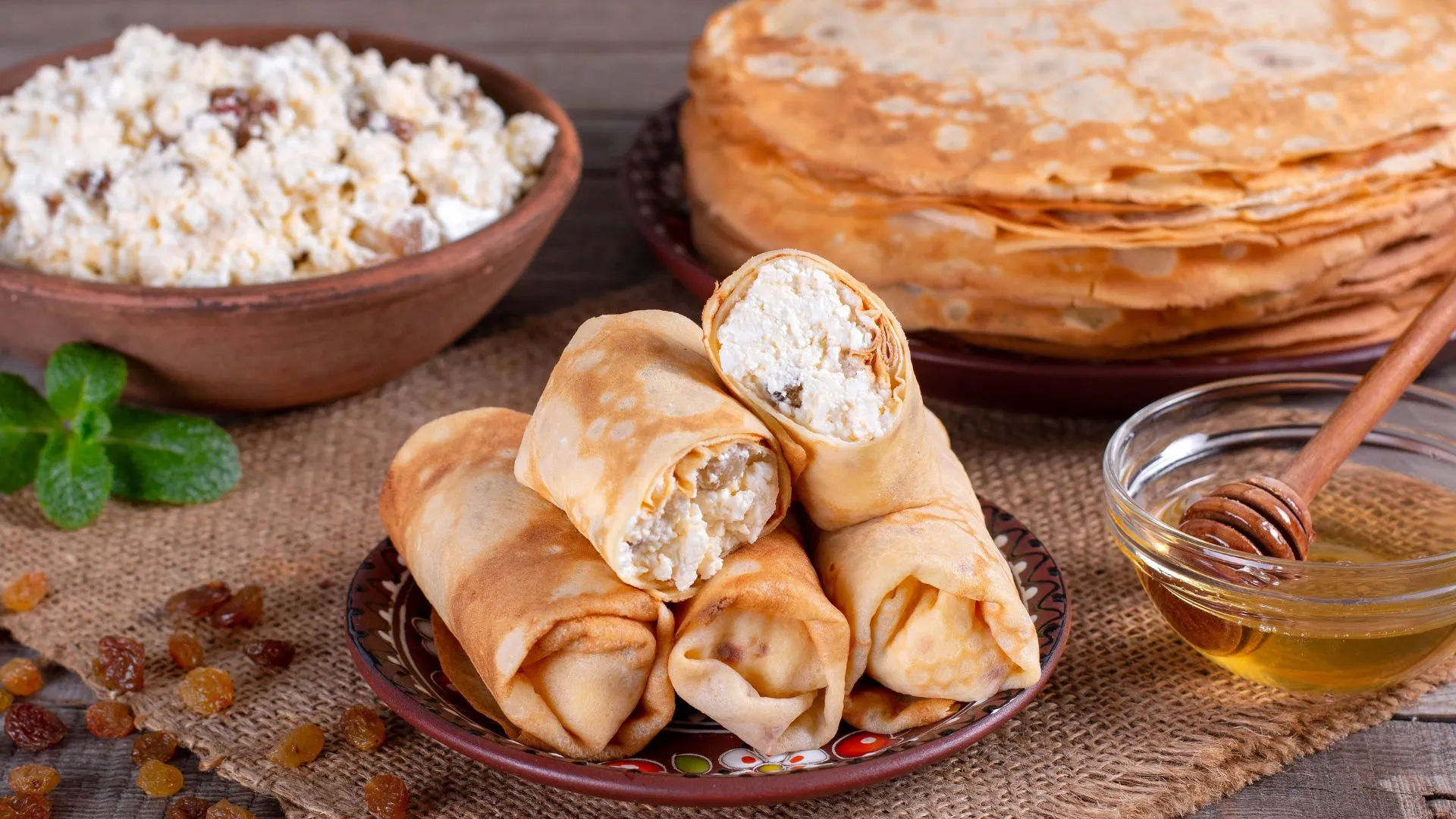
Sfakianes Pites are thin patties stuffed with mizithra cheese and often served with honey. Native to the Sfakia region, these patties are baked until lightly golden. The combination of crunchy dough, creamy cheese and sweet honey is irresistible. These cakes are an excellent example of the simplicity and richness of Cretan flavors.
CONCLUSION
Cretan cuisine is a true celebration of local produce, ancient traditions and authentic flavors. Each dish tells a story and offers a unique taste experience. Whether you're a lover of meat, fish, vegetables or desserts, Crete has something to offer every gourmet.
As you explore these Cretan culinary specialties, you'll discover not only delicious flavors, but also the cultural and historical richness of this magnificent island.
References
READ OTHER ARTICLES

Traditions et coutumes en Crète : Plongez au cœur de la culture crétoise
Découvrez les traditions et coutumes en Crète, des fêtes religieuses aux mariages spectaculaires, en passant par la cuisine, la musique et les danses locales. Immergez-vous dans une culture authentique et vibrante lors de votre séjour en Crète.

7-day itinerary in Crete: discover the best of Chania
Crete, and particularly the Chania region, is a destination rich in cultural discoveries, spectacular scenery and authentic experiences. This 7-day itinerary in Crete will guide you through the treasures of Chania and its surroundings, combining relaxation, adventure and cultural immersion, while staying in luxury villas offering comfort and serenity.

Why choose a private villa in Crete for your next vacation ?
Imagine yourself in the heart of the Mediterranean, in a private villa in Crete, with a breathtaking view of the Aegean Sea. Savor the serenity, away from the crowds, in a space that's totally yours. La Divine Villa, located in Akrotiri, is much more than just accommodation: it's a haven where luxury meets authenticity. If you're looking for a unique stay, this article reveals why choosing a private villa in Crete could be the best decision for your next vacation.
